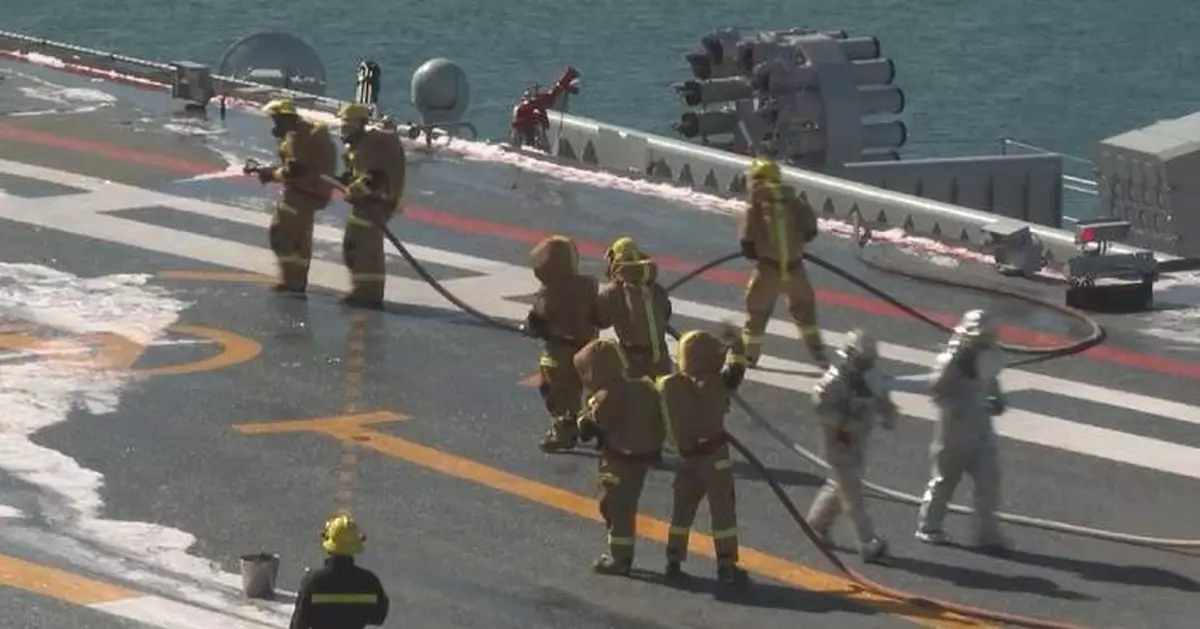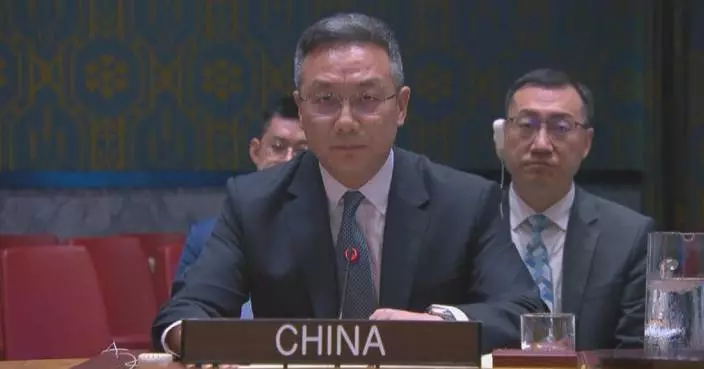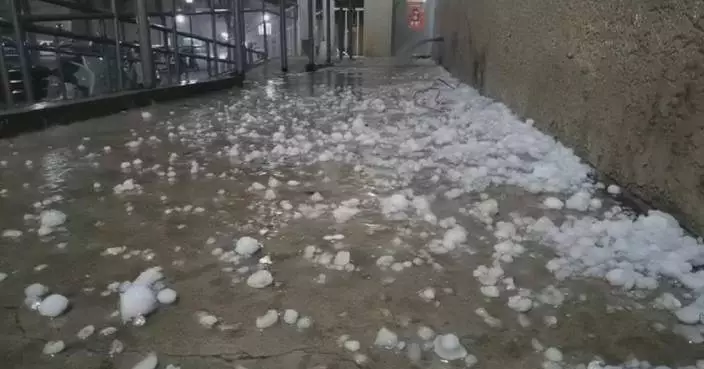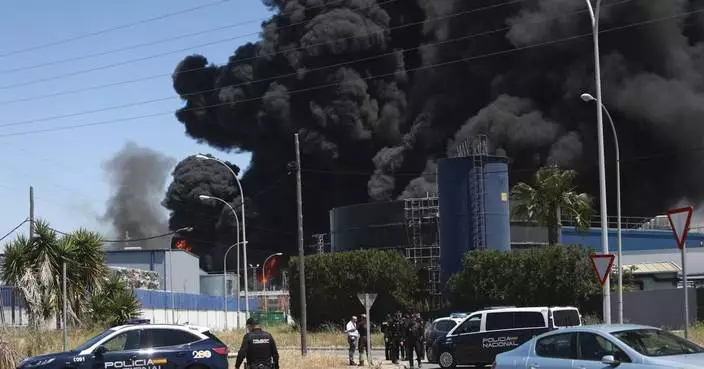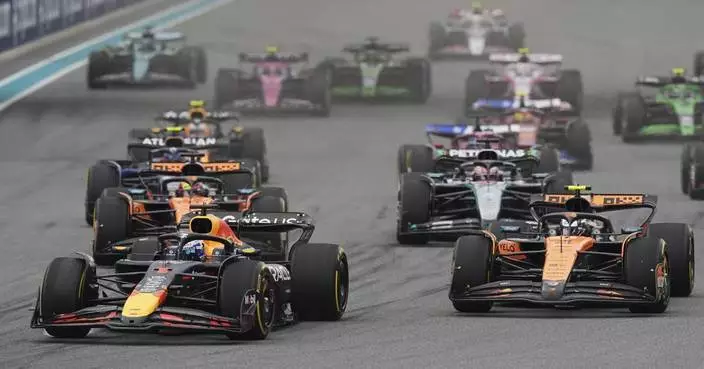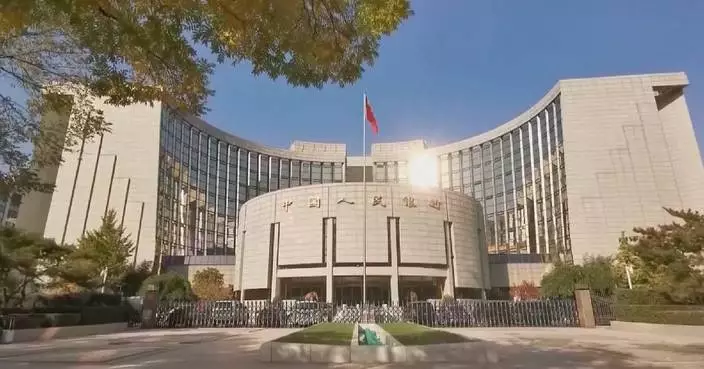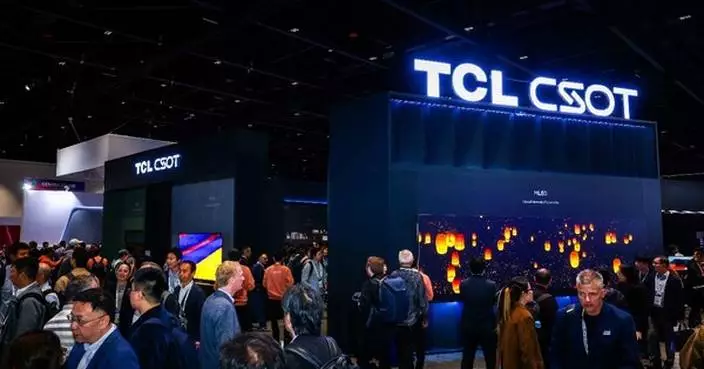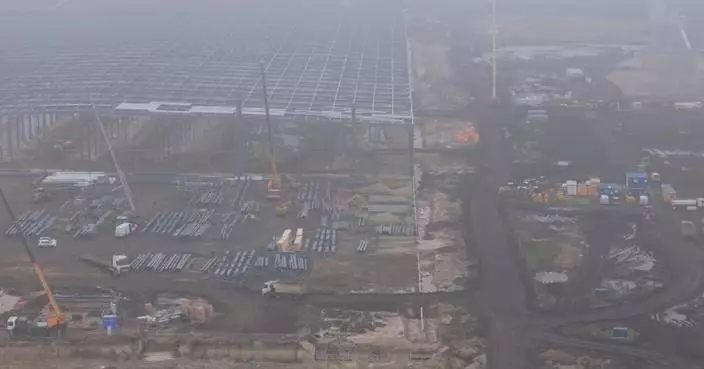The crew members of China's aircraft carrier Shandong recently conducted their first damage control exercise of 2025, while the ship docked at a port in Hainan Province after completing its last sea training mission in 2024.
As soon as the exercise began, all crew members rushed to relevant positions according to deployment. Then the on-deck damage control commander ordered fire trucks, demolition support teams and combat teams to go forward to deal with emergency situations.
During the exercise, a fire emergency scenario was simulated under the flight deck. The damage control team members responsible for the relevant areas cooperated closely to lay water hoses, conduct cabin reconnaissance, report situations, and establish fire prevention zonings.
The exercise also included the urgent on-site rescue of the injured, in which the medical rescue team on standby established a rapid rescue channel and transferred the "injured" to the medical support unit on the ship.
Crew members said the exercise marks a good start for the new year's goal of further improving training levels.
"This training exercise has random plots with complex special situations, which is closer to actual combat. In the exercise just now, the damage control team members closely cooperated and handled the situation in an orderly manner. In the future, we will continue to enrich the special situation links of various exercises, and sharpen the command ability of commanders and the handling ability of damage control team members in repeated exercises to ensure the safety of the aircraft carrier," said Zhou Chao, a crew member of the aircraft carrier.
"In the new year, we will focus on improving combat effectiveness, boost morale, conduct training as planned, and ready ourselves for war. With a new spirit, we will push the training to a higher level in the new year," said Xiao Chuanyu, another crew member.
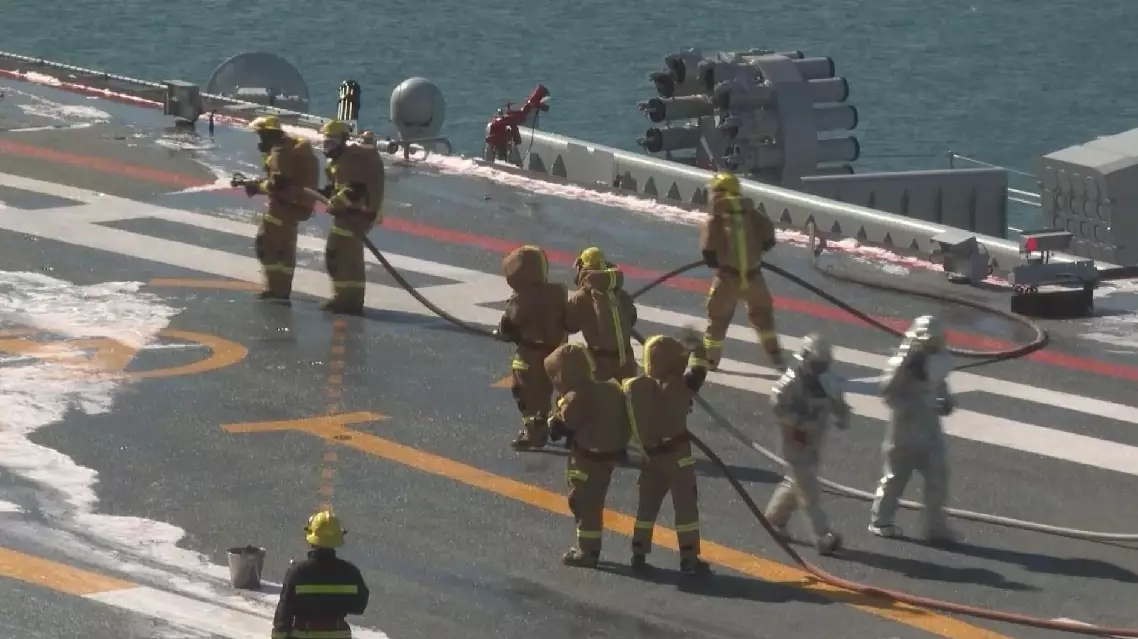
First damage control exercise of 2025 conducted on aircraft carrier Shandong
Mounting uncertainty over the U.S. tariff policies under President Donald Trump's administration is fueling distress among the farmers of Iowa state, a U.S. state long regarded as the "granary and breadbasket of America," and disrupting the agricultural sector, particularly its soybean industry.
Iowa's agricultural sector is heavily export-dependent, and the U.S. abuse of tariffs has left the state's farmers uncertain about how to plan for the future amid sudden changes in policy direction.
"It has been really difficult, especially with the stress on the market since the announcement of the tariffs. Any unsold soybeans that we have now will sell at a loss. It's what does the next three years look like in this very uncertain environment with different tariff ideas every day, every week. Like how do we plan as a business for that," said farmer Corey Goodhue.
The uncertainty has pushed some farmers to shift to alternative crops like corn, which currently faces fewer trade obstacles. But the switch comes at a cost. Prices for fuel, fertilizer, and other inputs have surged under the broader tariff regime.
Grant Kimberley, a large-scale farm operator and senior director of market development for the Iowa Soybean Association, said costs are rising across the board.
"We don't ever like to see food and agriculture used as a weapon in a trade disagreement because it doesn’t do either country any good," he said.
Data from agricultural equipment manufacturers showed the cost of machinery in the United States rose 18 percent year on year in spring 2025.
The ripple effects of falling farm income are already being felt in the wider community.
"So I think the tariffs have a trickle-down effect. As for the commodity, if the farmers don't make money, then no one else benefits. John Deere ( the world's leading tractor maker) lays off employees, and this situation just works its way through the community. So small businesses are really struggling with it," said Goodhue.
Policy analysts have warned that the longer-term economic damage could extend well beyond the farm belt.
"At this point of time, it has not yet begun to bite because people have already had inventories of these goods at the lower tariff rates. But soon, at some point of time, and it will be soon that the impact will be felt at grocery store counters. We will see areas where the U.S. was very competitive losing its competitiveness, and with other suppliers taking their position," said Sourabh Gupta, senior Asia-Pacific policy specialist at the Institute for China-America Studies.
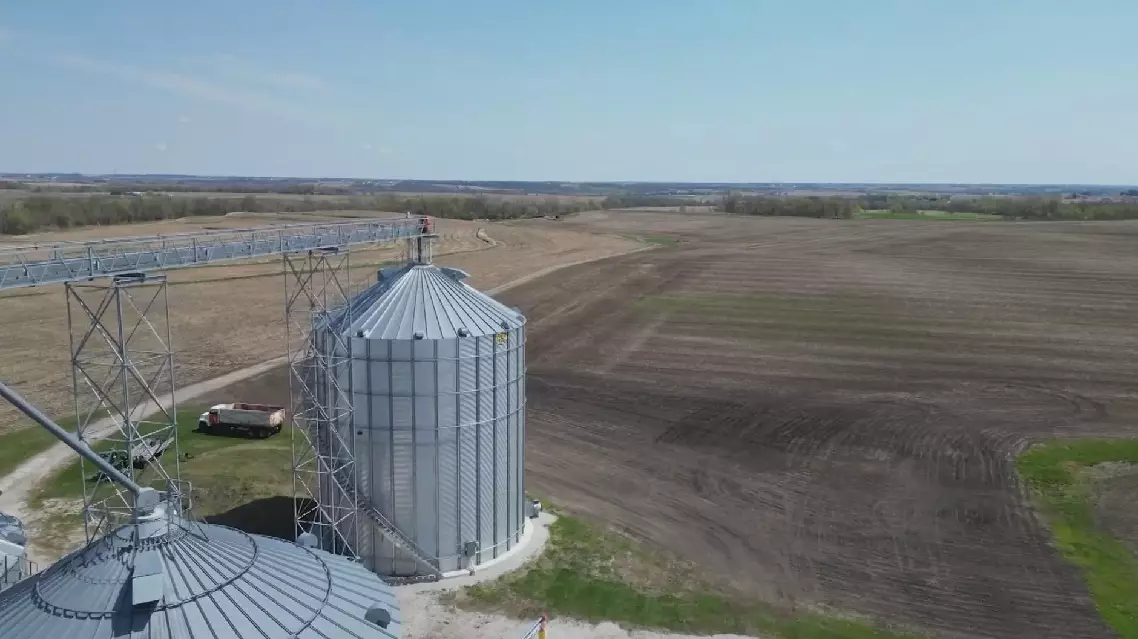
US tariff policy turmoil threatens Iowa's farmers, disrupting exports



